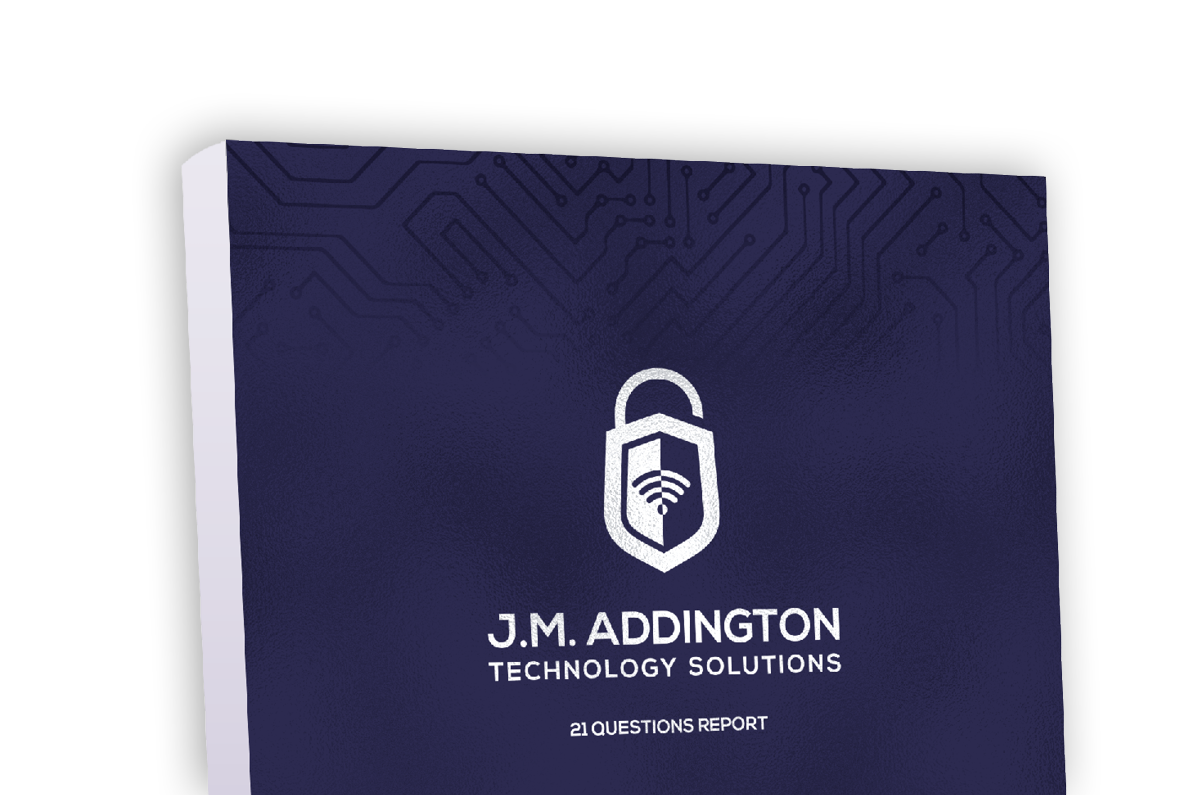Change management, an approach dealing with changes or transformations in organizational processes, objectives, and technologies, is critical in today’s rapidly advancing technological landscape. This pace of technological advancement empowers businesses to accomplish more in less time, bringing about mind-boggling transformations in the business world. However, such transformative change can also induce stress.
Without a defined change management strategy in place, avoidable inconsistencies are more likely to occur, potentially disrupting essential operations and leading to burnout among valuable team members.
Thus, before implementing new technology in your infrastructure, it’s essential to understand the significance of effective change management. The goal is to devise strategies for implementing and governing transformation while helping your team adjust to it.
Change management is crucial because:
- It addresses the effects of change on individuals, processes and more
Every change has repercussions in multiple areas of an organization, and it helps address each of these.
- It enables organizations to prosper in an ever-changing business environment
Organizations that use change management achieve better results even when managing multiple distinct transformations.
- It empowers people
Change management prepares, empowers and supports people to adapt to changes in their workflows, environments and technology.
- It increases the success rate of a transformation
Excellent change management increases the likelihood of meeting objectives by reducing risks.
What could go wrong in change transformation?
- Gaps in Communication
Effective communication is, without a doubt, one of the most critical factors for organizational success. Employee resistance may develop if they feel bombarded with changes and aren’t comfortable expressing their concerns due to a lack of two-way communication.
Communication breakdowns or gaps cause demotivation, employee frustration, a lack of collaboration, attrition and ultimately, business failure.
- Employee resistance and frustration
You should expect some of your employees to resist change initially. However, failing to handle it proactively could undermine your objectives. If ignored, it eventually leads to disengagement, decreased productivity and increased absenteeism.
Plus, if an employee is frustrated for an extended period, it may create a dull workplace atmosphere that will eventually affect other employees.
- Workflow glitches and stoppages
Workflow glitches and stoppages are obstacles that no aspiring business should tolerate. Remember, neglecting such hurdles can harm productivity, timeliness and future prospects.
It’s worth noting that in today’s complex business environments, unexpected workflow glitches and stoppages will almost certainly have a cascading effect and destabilize other related/dependent business components.
- Lost productivity
In an era when businesses compete to optimize their productivity and be the best in their domain, lost productivity can certainly eat into the profitability of a careless business.
An effective change management strategy is critical for businesses to tackle all the problems listed above. Are you fully equipped with the experience and expertise to handle it on your own? If you feel your company lacks certain resources, it’s best to work with an MSP capable of easing your transition to a higher-performing technology ecosystem.
With our wealth of experience and knowledge surrounding successful technology change management, we may be the ideal partner for your company. Feel free to contact us to set up a consultation.
Additionally, to learn more about change management, feel free to download our infographic “Technology Change Management Best Practices” by clicking here.

Download our Report!
Get your copy of What Every Business Owner Must Know About Hiring an Honest, Competent, Responsive, and Fairly-Priced Computer Consultant.
